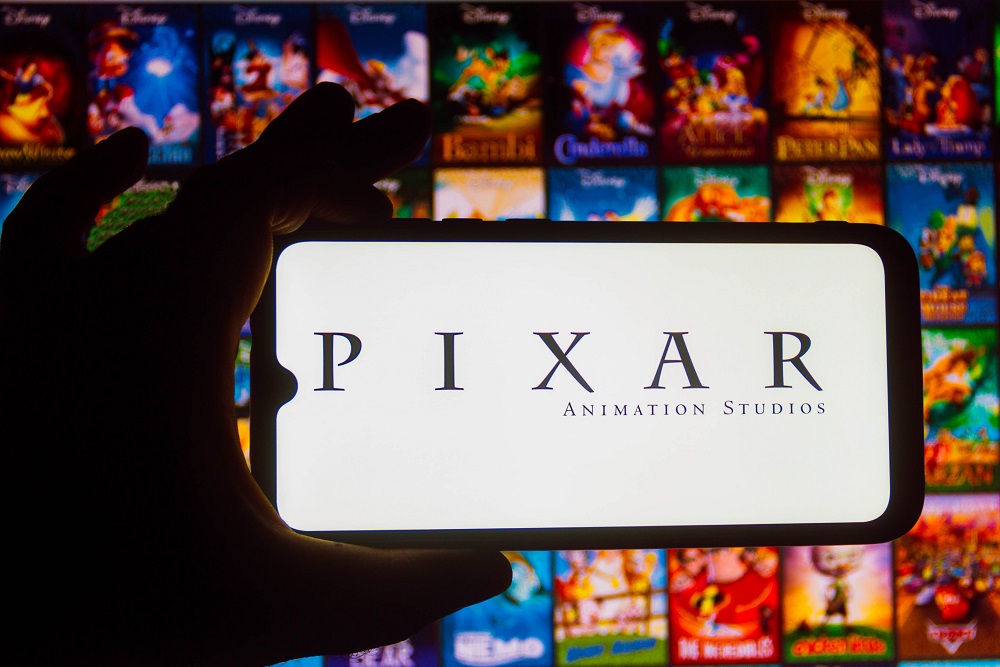Disney and Pixar have been producing endless hits since the two companies got together years ago. Their latest film, Turning Red, is a coming-of-age story for tweens, teens, and anyone else interested in exploring what happens when kids – particularly girls in this case – hit puberty. But behind a great story is a bit of irony. That irony is found in how anime inspired so many parts of this film.
Anime is a distinctly Japanese art form. It is easily recognized by its two-dimensional style and emphasis on realism. What makes it so interesting in relation to Turning Red is anime’s history as an alternative to Western animation. To see that it has had such a major influence on the creation of a Disney film is fascinating. It is not unexpected though, given how popular anime is.
More Than 100 Years Old
Anime is more than a hundred years old. You could make the case that manga is its predecessor in the same way that cartoon drawings gave birth to Western animation. But all that aside, anime’s original creators set out to make something uniquely Japanese. They wanted their animations to be so distinctly different from their Western counterparts that people would not confuse the two.
At the same time anime was gaining commercial acceptance in Japan, Disney was laying the foundation of Western animation. That is the ironic part. Animators from East and West were competing to see who could create a better product. Some of Japan’s most prolific animators went out of their way to ensure that their creations did not bear any resemblance to Disney products.
To see the two styles of animation come together is an interesting experience. With Turning Red, there is no mistaking that this is a Pixar film. It has the Pixar look and feel from start to finish. But if you are familiar with anime and look closely enough, you will see plenty of Japanese influence.
Anime Influences in Turning Red
Turning Red director Domee Shi is excited to talk about how anime influenced the film’s production whenever she gets the chance. In a recent interview with the L.A. Times, she talked a lot about color palettes. She reminisced about her own childhood experiences with anime, and how the art form uses distinct colors to express different things. Shi wanted the same for her film.
Shi also discussed how some of anime’s most prominent visual cues appear in the film. For example, the character’s eyes twinkle and grow larger as they get excited. This is a key feature in two-dimensional anime that helps viewers understand character emotions.
An experienced anime viewer understands these cues. For instance, someone who knows the art form can purchase an anime t-shirt or crewneck sweatshirt from the Umai Clothing brand. Even though the artwork isn’t actually animated on a piece of clothing, the buyer can still get a feel for the emotions within the artwork by looking for visual cues.
A New Kind of Animation
Between color palettes and visual cues, anime has influenced the creation of Disney’s new Pixar film. From a visual standpoint, the film occupies a strange middle ground that is neither purely Western nor 100% anime. Perhaps Pixar has crossed a line to create a whole new kind of animation.
The irony of it all is that Japan’s first commercial animators wanted their work to be distinct and different from Western animation. Some hundred years later, their beloved art form has merged with the other side. Here’s hoping that the relationship works out well.


